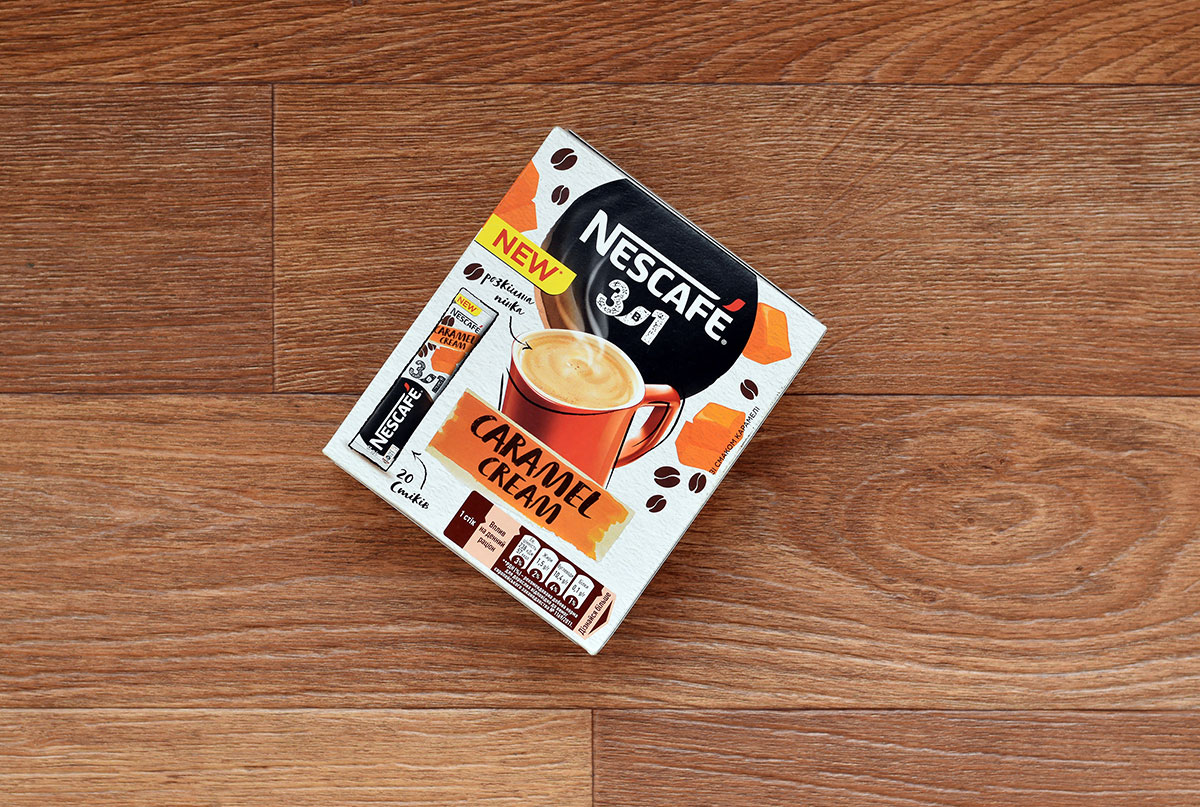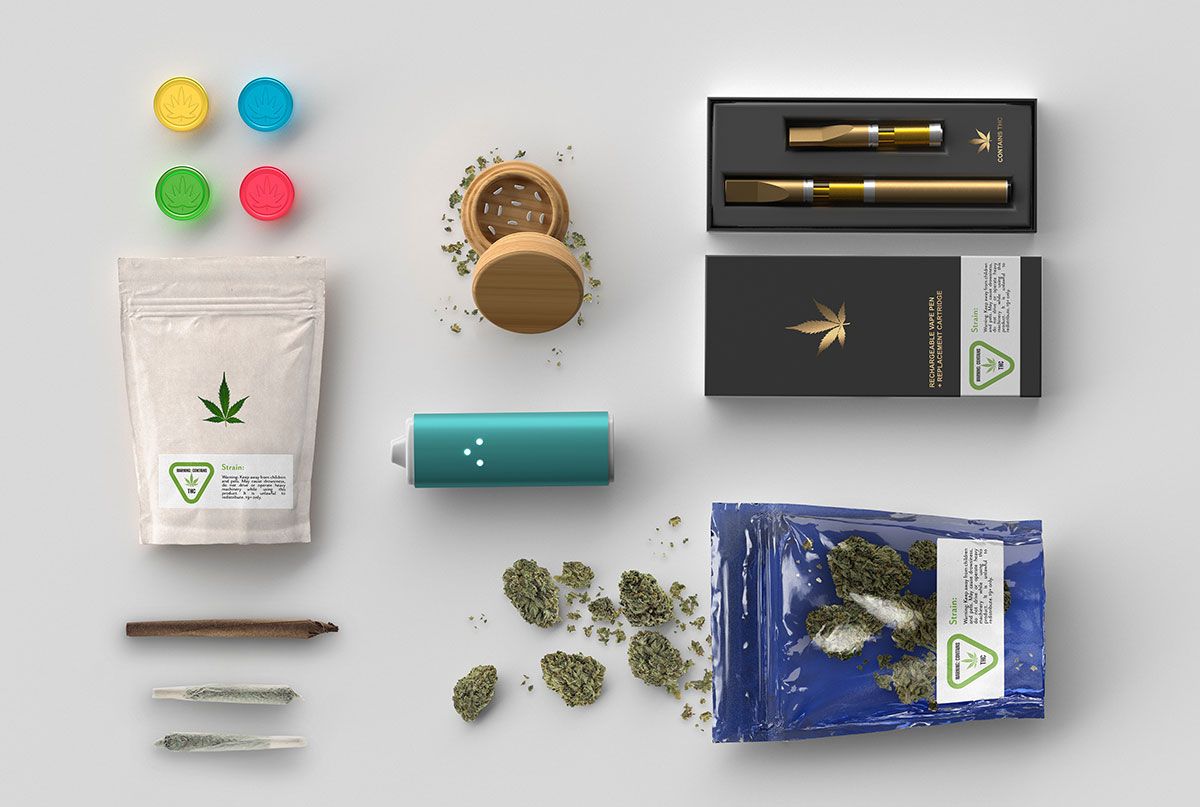Many companies are trying to reduce their use of plastic due to demands from consumers. Nestle is one of the major brands leading the way, with one of its first steps being new plastic-free paper packaging for Smarties. This made Smarties the first global confectionery brand to fully switch to recyclable paper packaging. Take a closer look at the change and what it means for the industry.
The Extent of the Change
Before the change, 10 percent of the Smarties brand’s product line was already packaged with recyclable paper product packaging. But with the change, 100 percent of the product line uses this plastic-free paper packaging, marking a 90 percent transition. Nestle estimates that this change will remove around 250 million plastic packs of Smarties sold worldwide yearly.
About the New Packaging
The new paper packaging comes from sustainable sourcing. It is made using carton board, paper labels, or coated paper. The label also includes instructions for consumers to dispose of the packaging properly. These instructions should help with consumer awareness.
What Nestle Says
Alexander von Maillot is the Global Head of Confectionery at Nestle. He said that this switch to recyclable paper packaging for the company’s Smarties brand is one of the company’s key initiatives for sustainable packaging.
Overall, Nestle hopes to only use reusable or recyclable packaging by 2025. The company also hopes to reduce its virgin plastics use by a third in that time.
Louise Barret, the Nestle Confectionery Project Technology Centre in York Head, also commented on the change. She said that Nestle’s packaging experts had to pioneer new materials and conduct a large amount of testing to make the change. The company also adapted its previous manufacturing lines to work with the new packaging. This is important as the paper needs to be recyclable but also requires careful handling, increasing the requirements.
What It Means for the Industry
This is just one of the many examples showing how major brands are taking innovative approaches to environmental friendliness. Consumers have been demanding that companies reduce their use of plastics for years, and many companies are trying to transition from plastic packaging to glass or cardboard.
The fact that a major brand like Nestle was able to do this for its entire Smarties product line shows that change is possible, even if it requires a massive level of change.
What You Can Do
Of course, not all companies have the same level of resources as Nestle. Your company likely can’t invest in developing new packaging materials, but you can make eco-friendly decisions. For example, consider recyclable packaging instead of plastic packaging.
Think of this recent innovation from Nestle like you would any other packaging trend. You can admire it and use it as inspiration for changes you can make, just like the design inspiration you may get from other brands’ packaging.
Conclusion
Nestle took a major step toward reducing its use of plastic in packaging by switching its entire Smarties line to paper packaging. While smaller companies aren’t necessarily equipped to make such a major change, you can get inspiration from Nestle and make other smaller swaps.




